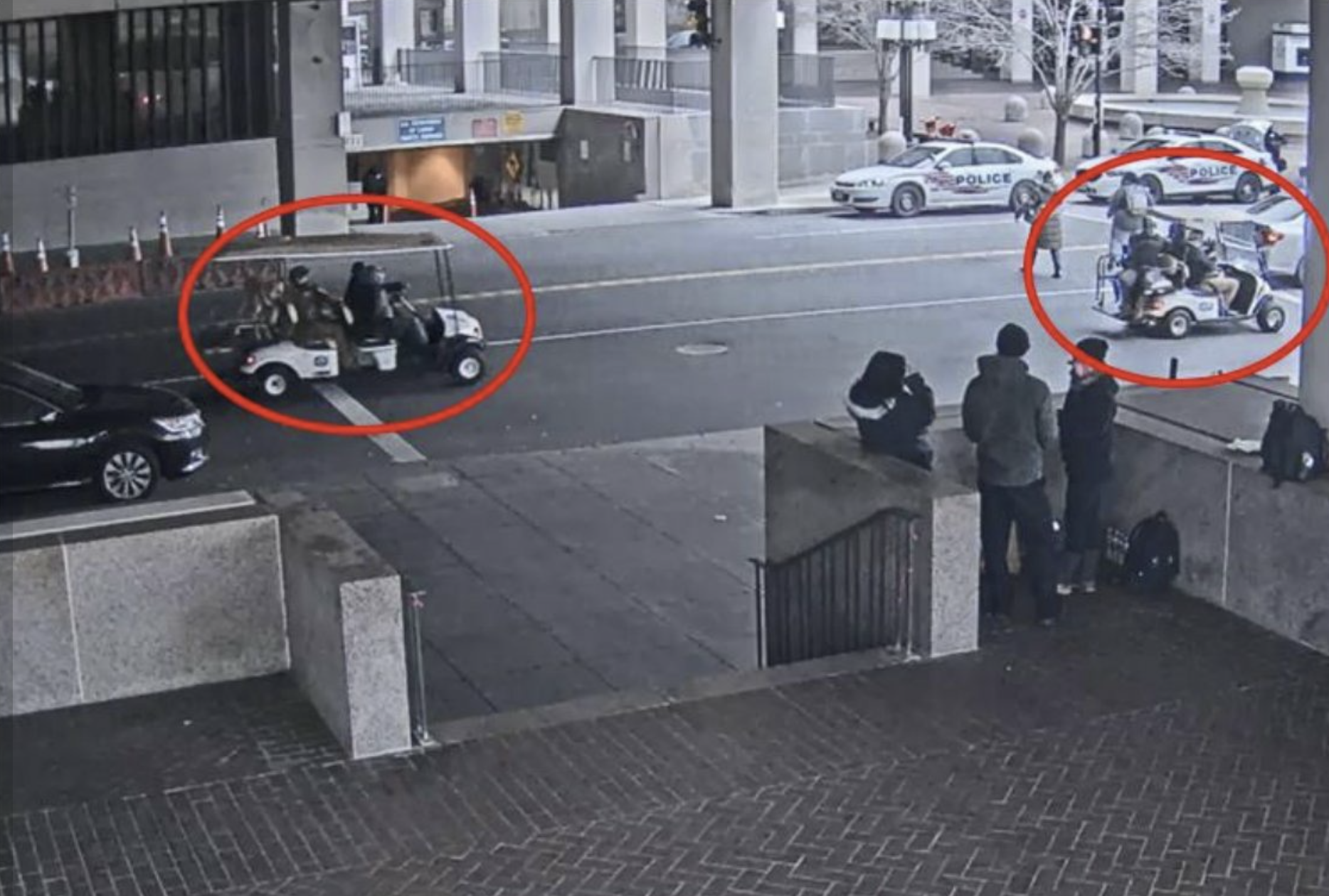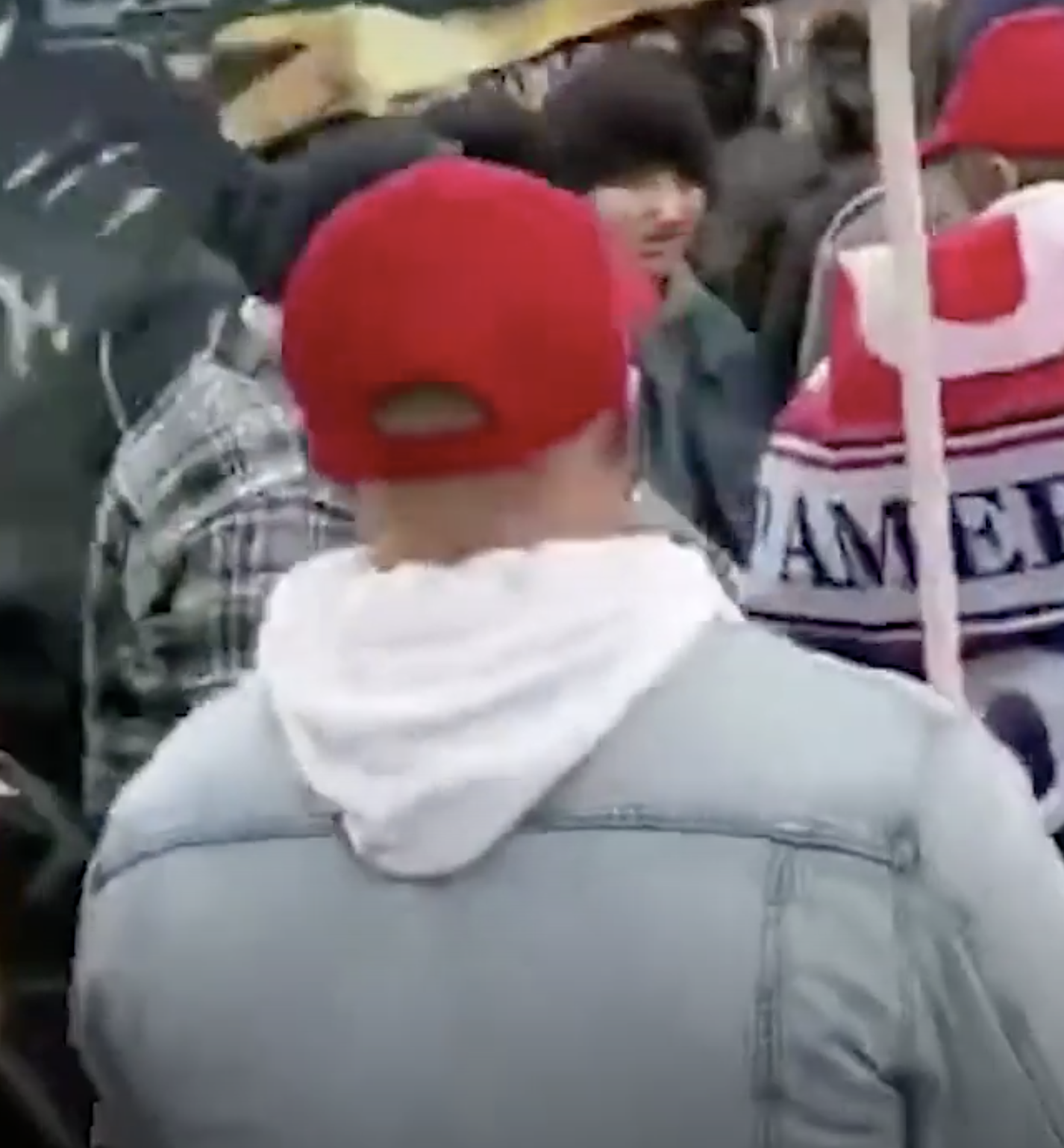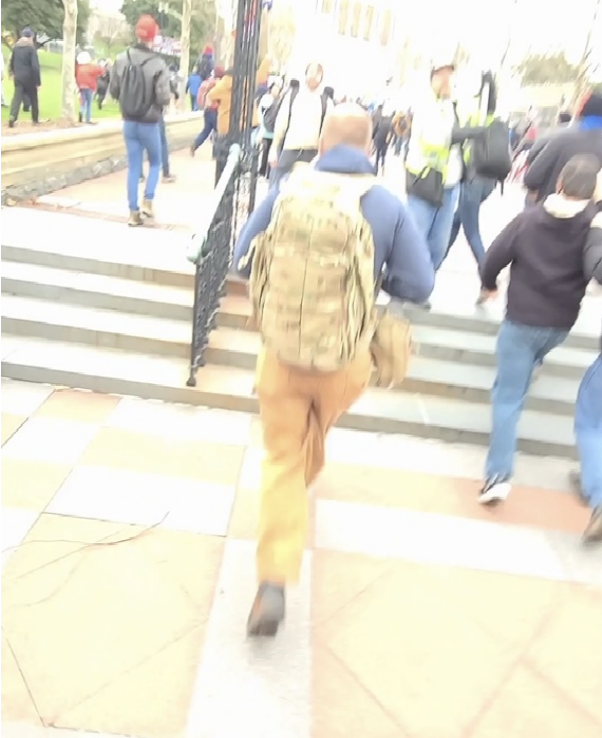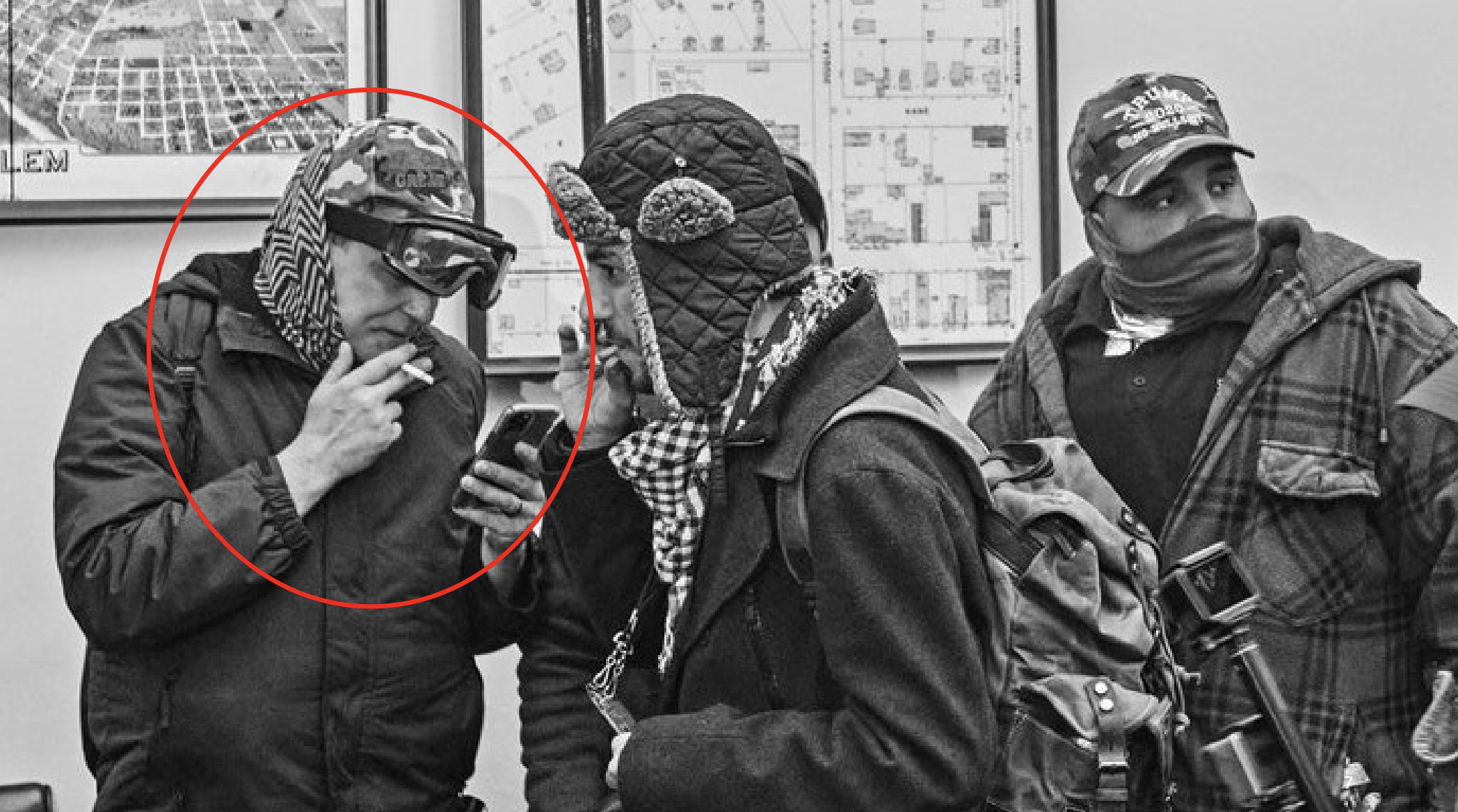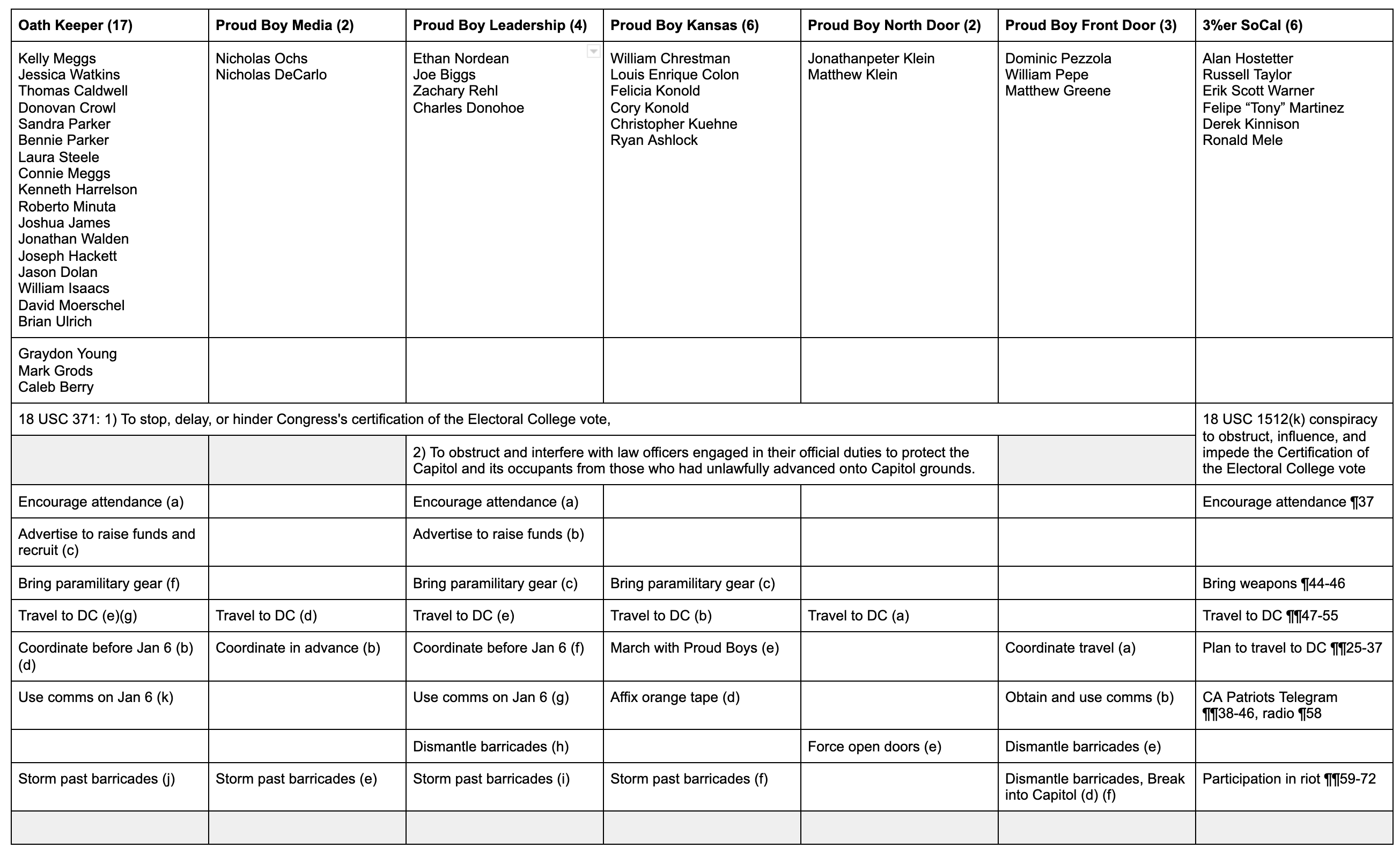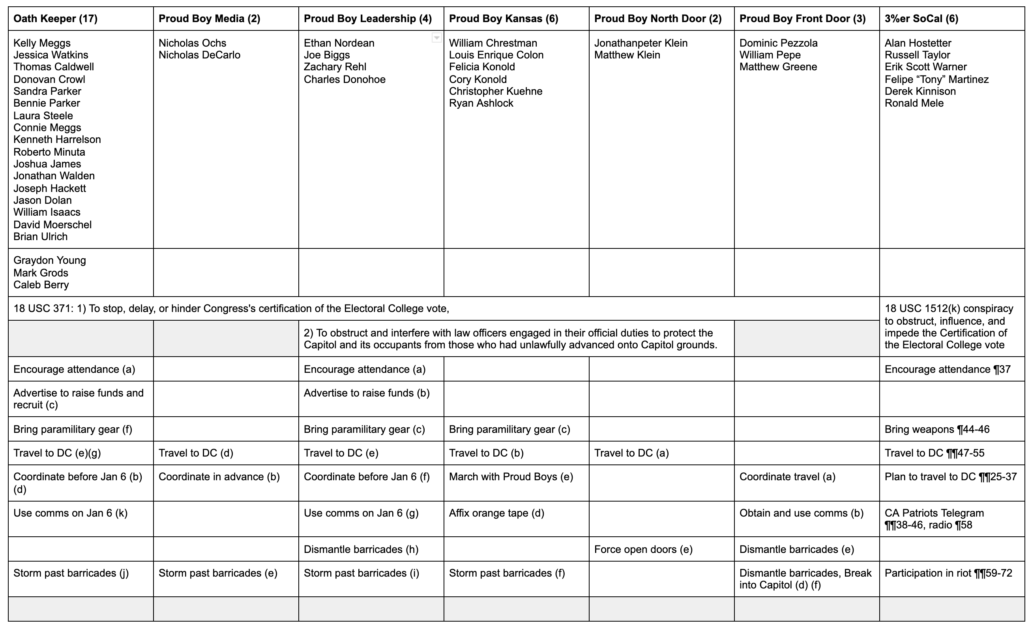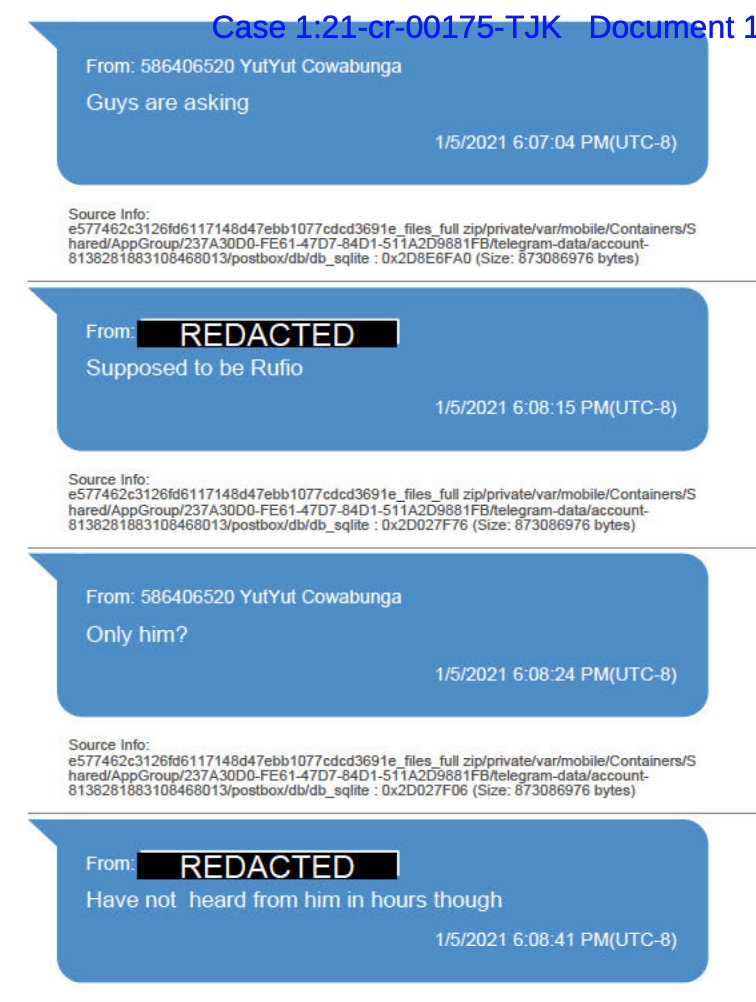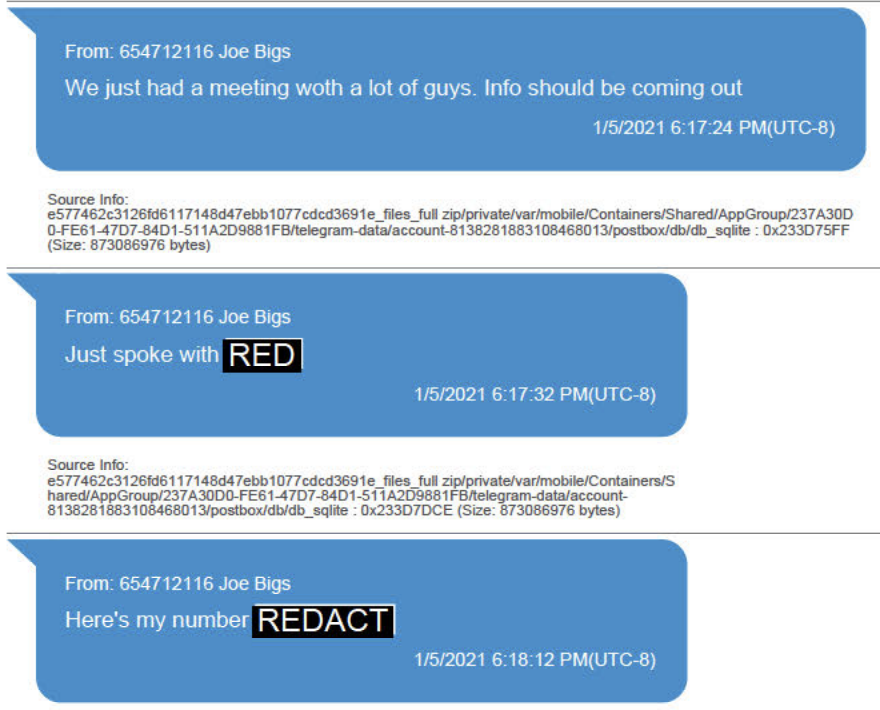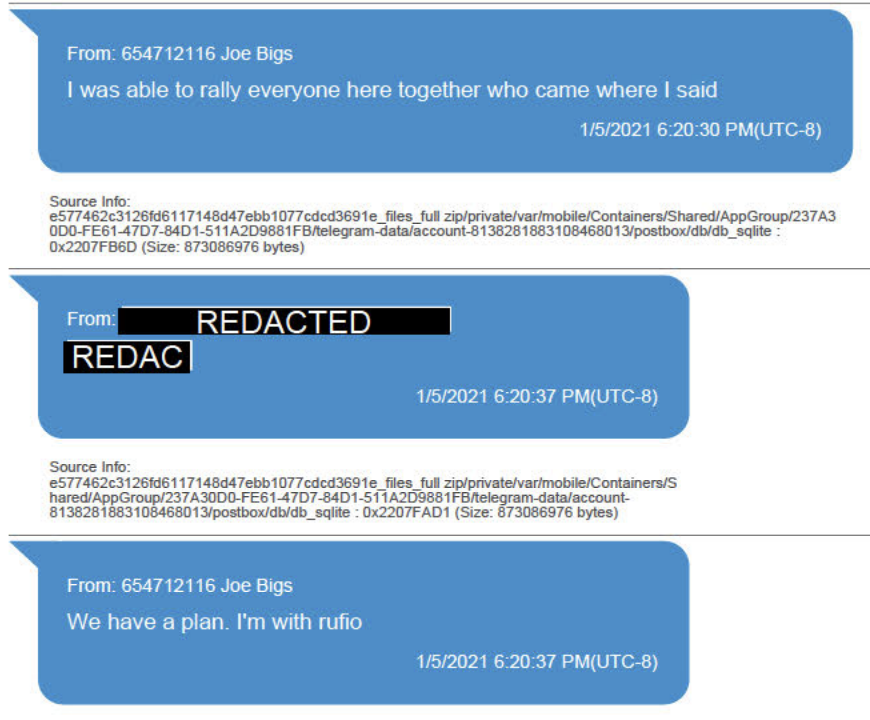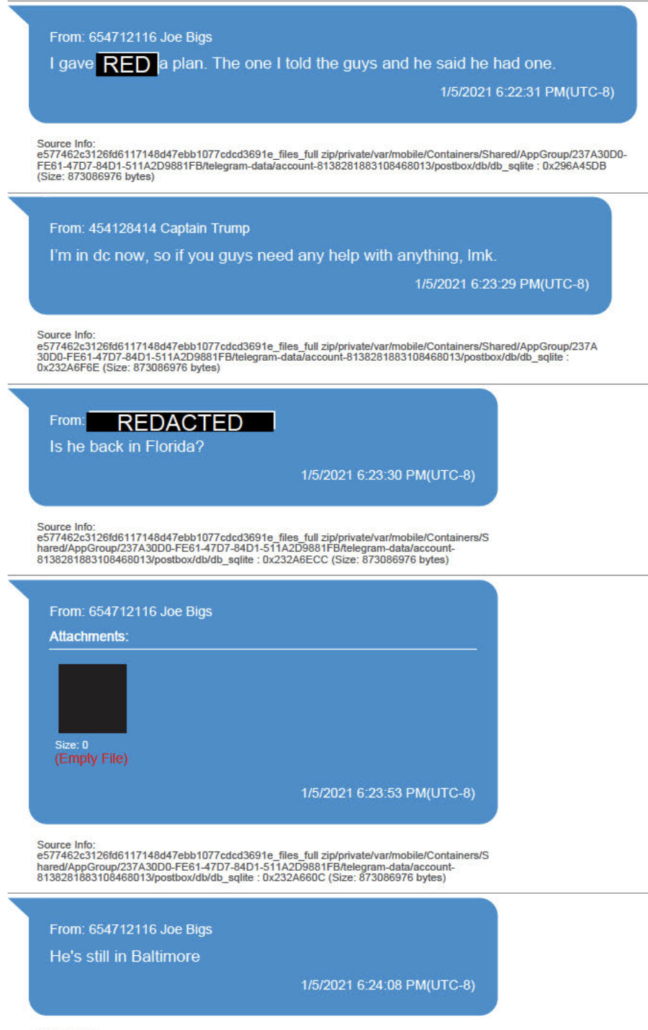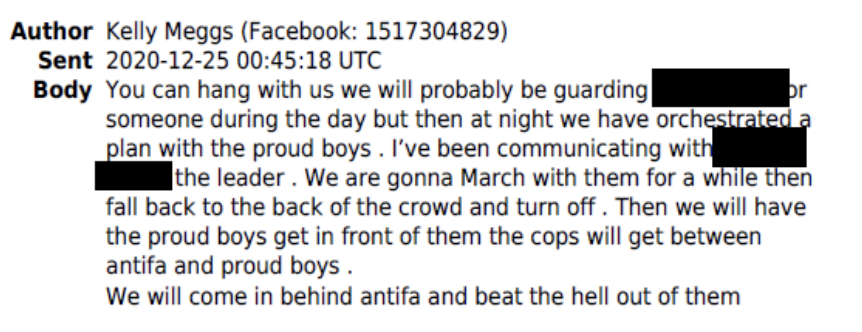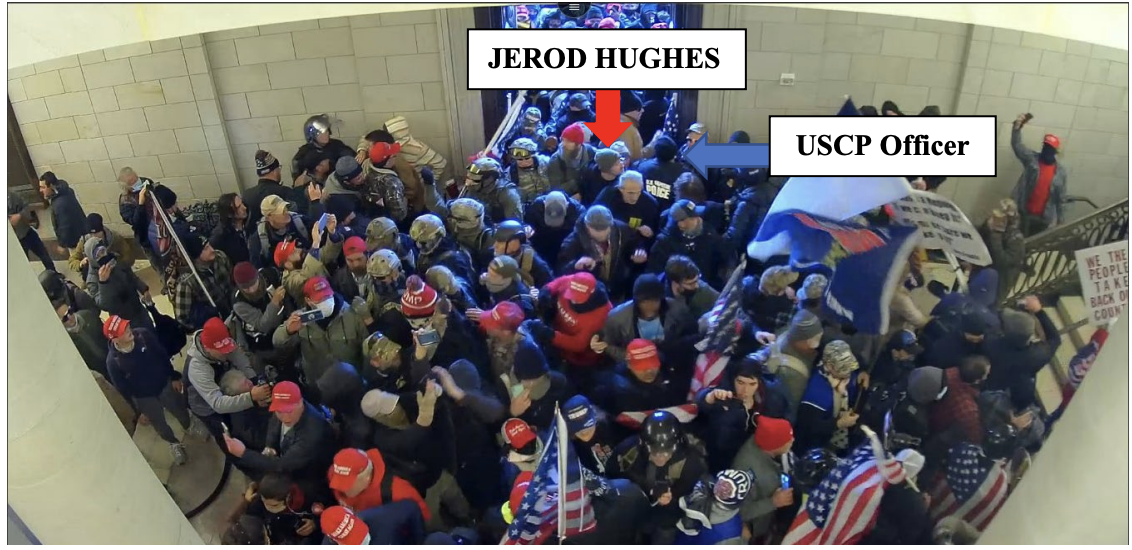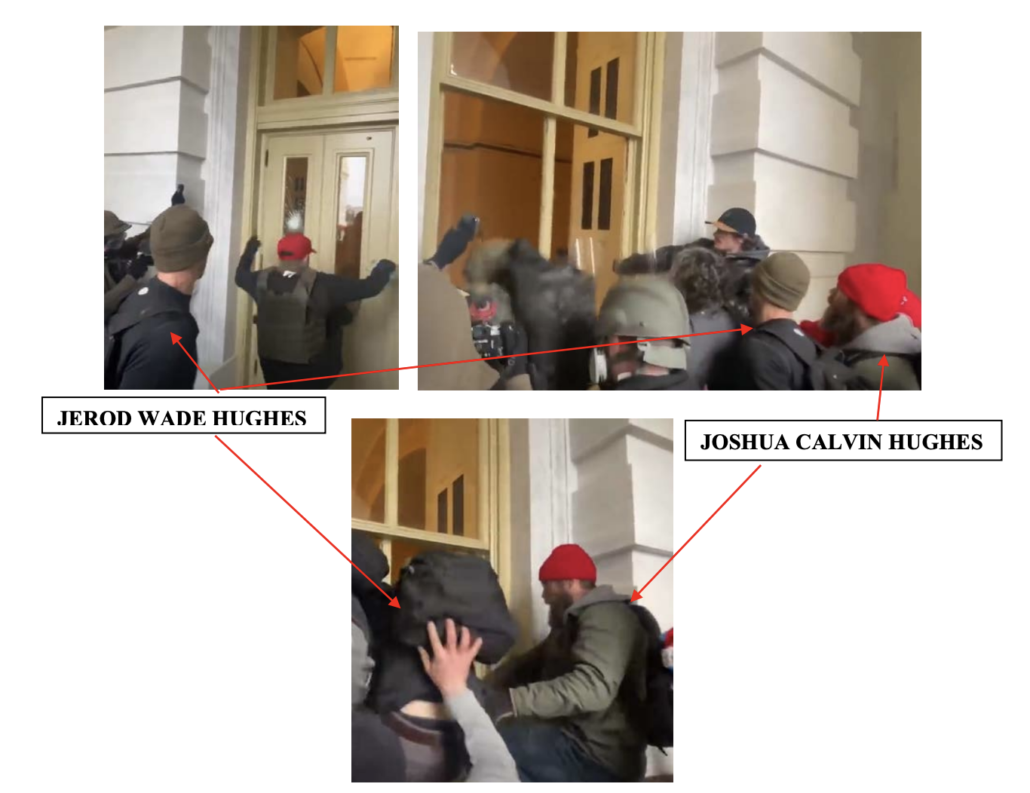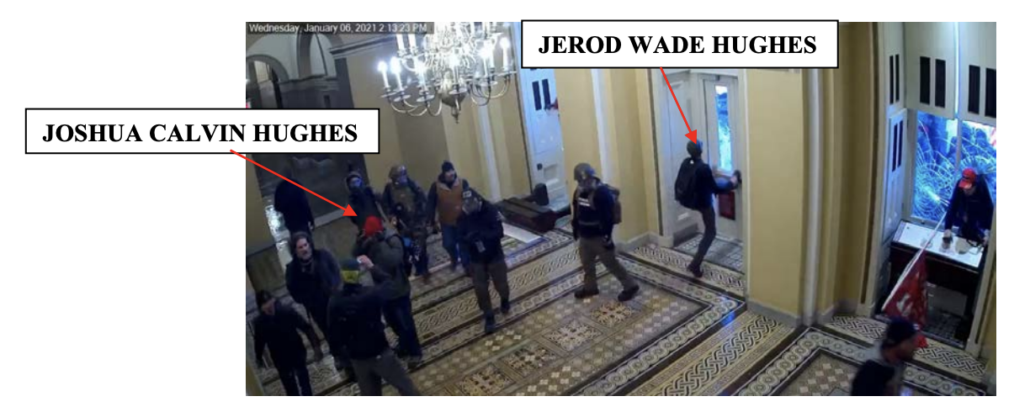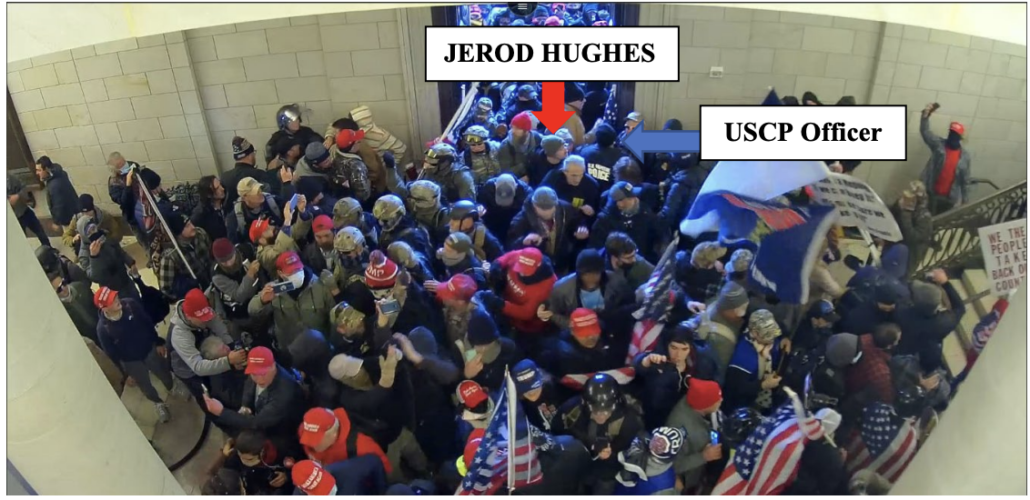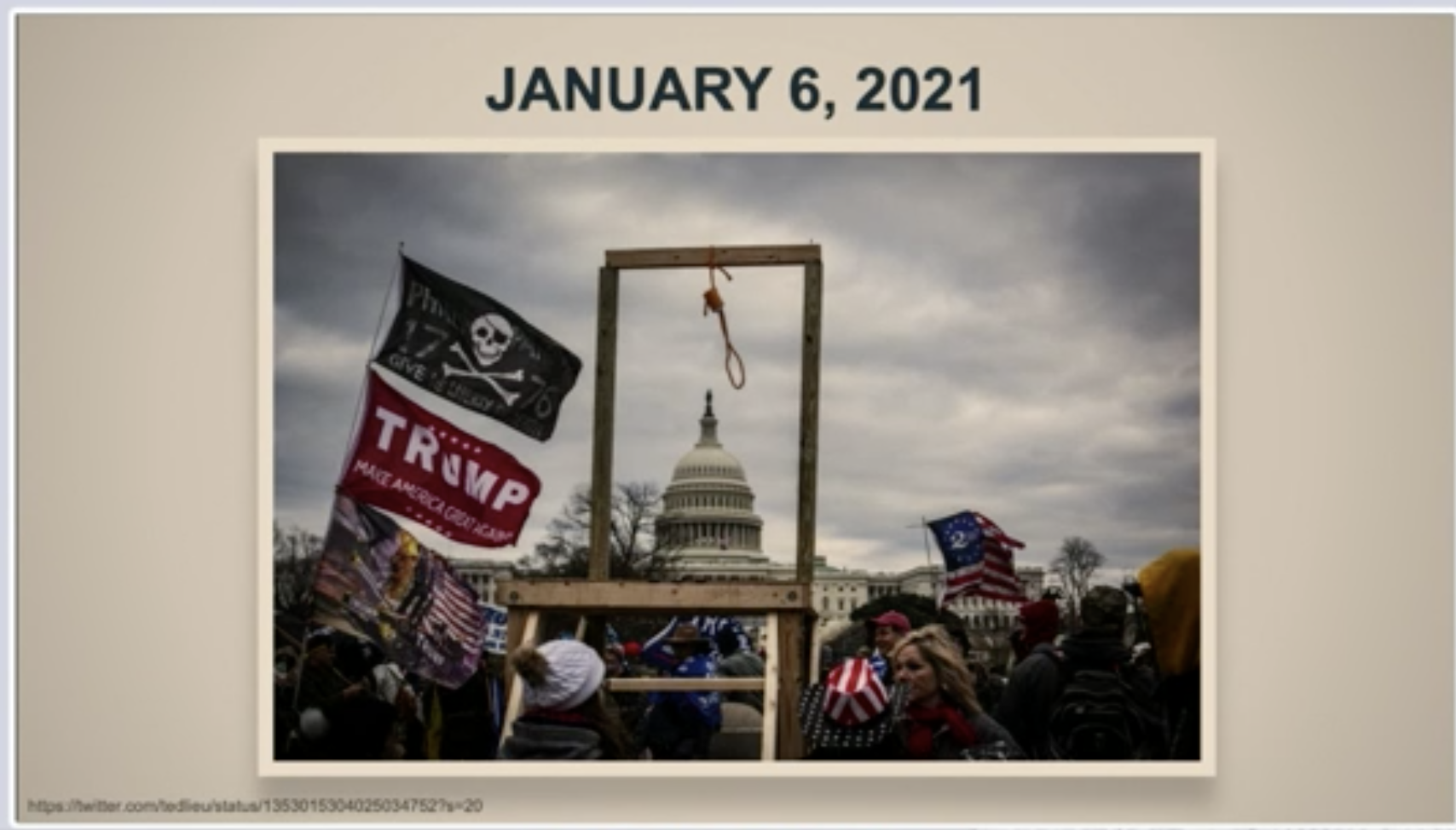In a chat among the Central New York chapter of the Proud Boys on January 17, according to a June detention motion, Matthew Greene stated that, “we must stand together now or end up in the gulag separately.” Yesterday, Greene entered into a cooperation plea deal that may accelerate his transfer into a Federal prison and even contemplates witness protection.
The press has made much of Greene’s cooperation deal — and I agree that the first public cooperation agreement from a Proud Boy is newsworthy. But I think the press is overstating the singular importance of Greene’s plea deal, for two reasons.
Greene is the first (public) cooperator but there are probably more senior Proud Boys close to flipping
First, there is very good reason to believe there are other non-public Proud Boy cooperators (or people, like Greene, who have been discussing a plea deal for months but who have not yet publicly pled guilty). Tim Kelly, the Judge presiding over the most Proud Boy cases, only just revealed that he will uphold DOJ’s application of the obstruction charge (though he has yet to issue his opinion), which is likely to accelerate the public entry of plea deals from other Proud Boys close to flipping. In other words, Greene is the only cooperator we can point to docketed proof of, but there are others, almost certainly others who are better situated to expose the full contours of the senior Proud Boys’ plans for the Capitol.
The other reason Greene’s welcome cooperation is being overstated is because — as Greene’s statement of offense makes clear — the Proud Boys used a cell organization on January 6 and Greene was, by his own telling, just a “first-degree member of the Central New York chapter of the Proud Boys,” making him one of the “least senior members.” But as I show below, that also means his cooperation is a good way of showing that a low level Proud Boy was aware of and following the instructions of the most senior Proud Boys.
To be clear: Greene’s statement of offense states that it “is not intended to constitute a complete statement of all facts known by Greene.” But the things that he does and appears not to know illustrates how DOJ is either going to need to flip one of the most senior Proud Boys and/or get cooperators from multiple different parts of the network to get a full understanding (and proof beyond a reasonable doubt) to describe all that the Proud Boys did on January 6.
That said, even given what is public, Greene’s cooperation will be useful in the following ways:
- Confirming intent to obstruct the vote count by intimidating Mike Pence and others
- Providing first-hand evidence on the “Front Door” conspiracy
- Tying the Front Door cell to the Leader conspiracy
- Describing the lead-up to January 6
Confirming intent to obstruct the vote count by intimidating Mike Pence and others
As this post explains, Greene’s intent statement confirms that:
- The goal that day was to intimidate Mike Pence and members of Congress to get them to help Trump’s cause
- Trespassing was one way to serve that goal of obstruction because it was more intimidating
- The damage to the Capitol was a foreseeable consequence of the plan to obstruct the vote count
These three intent statements will be important in prosecuting other Proud Boys — and indeed, other rioters in January 6. They show that even low level Proud Boy participants understood this — and not some bullshit cover story about Antifa — to be the goal.
Providing first-hand evidence on the “Front Door” conspiracy
As a reminder, Greene was indicted, along with Dominic Pezzola and William Pepe, in what I’ve dubbed the “Front Door” conspiracy. The three were indicted together, it appears, because they’re all from NY (though Pepe is from a different chapter of the Proud Boys) and DOJ has a witness who spent time with them after the riot on January 6 who shared that they had said they would have gone after Pelosi or Pence had they found them.
The FBI also spoke to a witness, referred to as W-1 for purposes of this memorandum. W1 stated that Greene was one of a group of individuals who told W-1 about what they did on January 6. According to W-1, members of this group said that anyone they got their hands on they would have killed, including Nancy Pelosi.5 W-1 further stated that members of this group, which included Greene, said that they would have killed [Vice President] Mike Pence if given the chance.
The Front Door conspiracy is utterly critical because the terrorism enhancement hanging over all the other Proud Boys charged with conspiracy goes through the stolen shield with which Pezzola broke a window in the first breach of the Capitol.
While I expect some consolidation among the Proud Boy cases in the near future, DOJ needs this prosecution to succeed because it gives them leverage over the other Proud Boys they’re using to get other conspirators to cooperate.
And Greene’s statement of offense does provide evidence that he and Pezzola and Pepe entered into an agreement to obstruct the vote count and took overt steps, in concert, to make that happen. It describes that Greene:
- Made hotel reservations with his chapter of the Proud Boys and drove from Syracuse with them — including Pezzola — to DC.
- Allowed Pepe, who showed up overnight, to sleep on his floor.
- Programmed the Baofeng radios used by the Central New York Proud Boys (which also means Greene shared a channel with Pezzola and therefore heard what Pezzola was hearing).
- Eschewed Proud Boys colors.
- Traveled with Pezzola throughout the day, including through the first toppled barricade to a line of fences, away from there (in what researchers believe was a regrouping effort to wait for more numbers), then up the stairs.
- Stayed at the same hotel as Pezzola and Pepe after the riot (as demonstrated by security footage from the hotel).
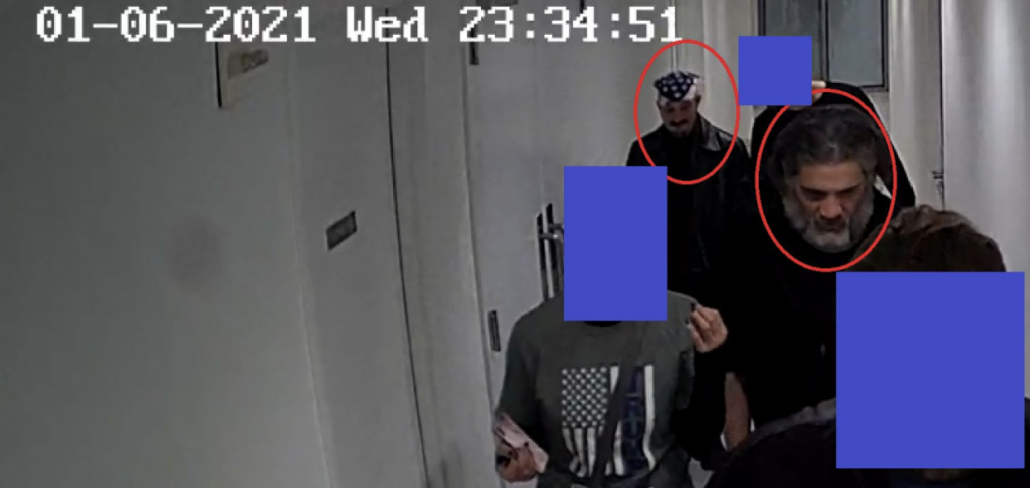
Tying the Front Door cell to the Leader conspiracy
As noted above, in the Proud Boys hierarchy, Greene was just a schlub, a first level Proud Boy just weeks into joining the organization.
But that makes him useful for showing that orders issued by Enrique Tarrio, Joe Biggs, and Ethan Nordean trickled down to him. The order not to wear Proud Boy colors, for example, is one Tarrio and Biggs issued publicly. Greene followed that order.
Similarly, around 9:30PM on January 5, the Leader co-conspirators agreed to set the meetup point on the side of the Washington Monument facing the White House at 10AM. This agreement is part of the proof they had entered into a conspiracy with each other.
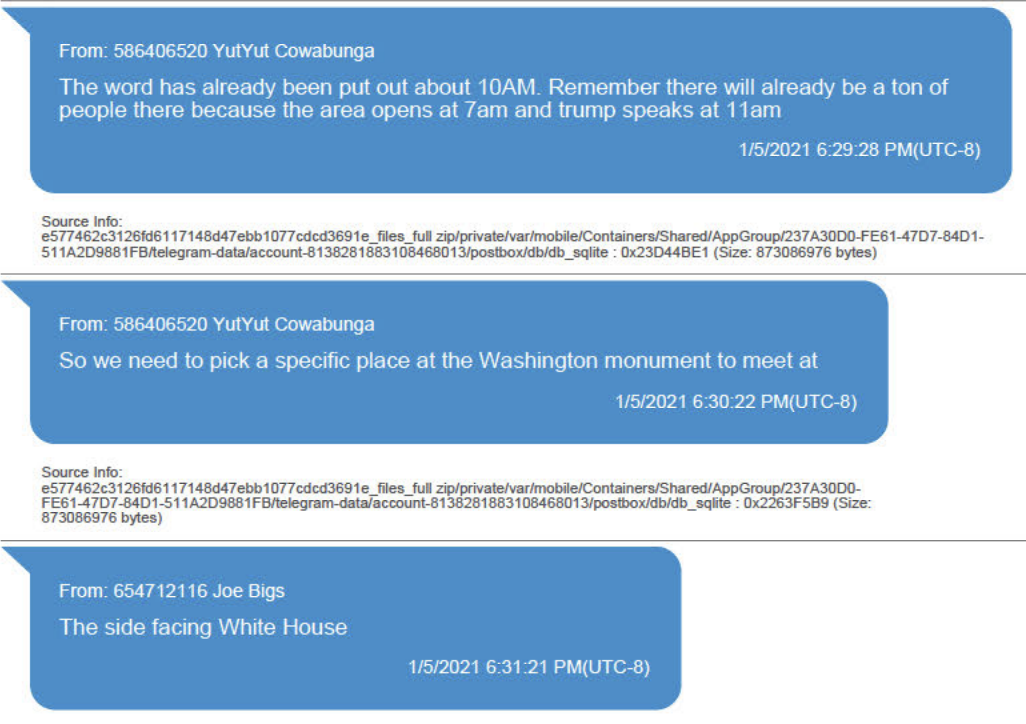
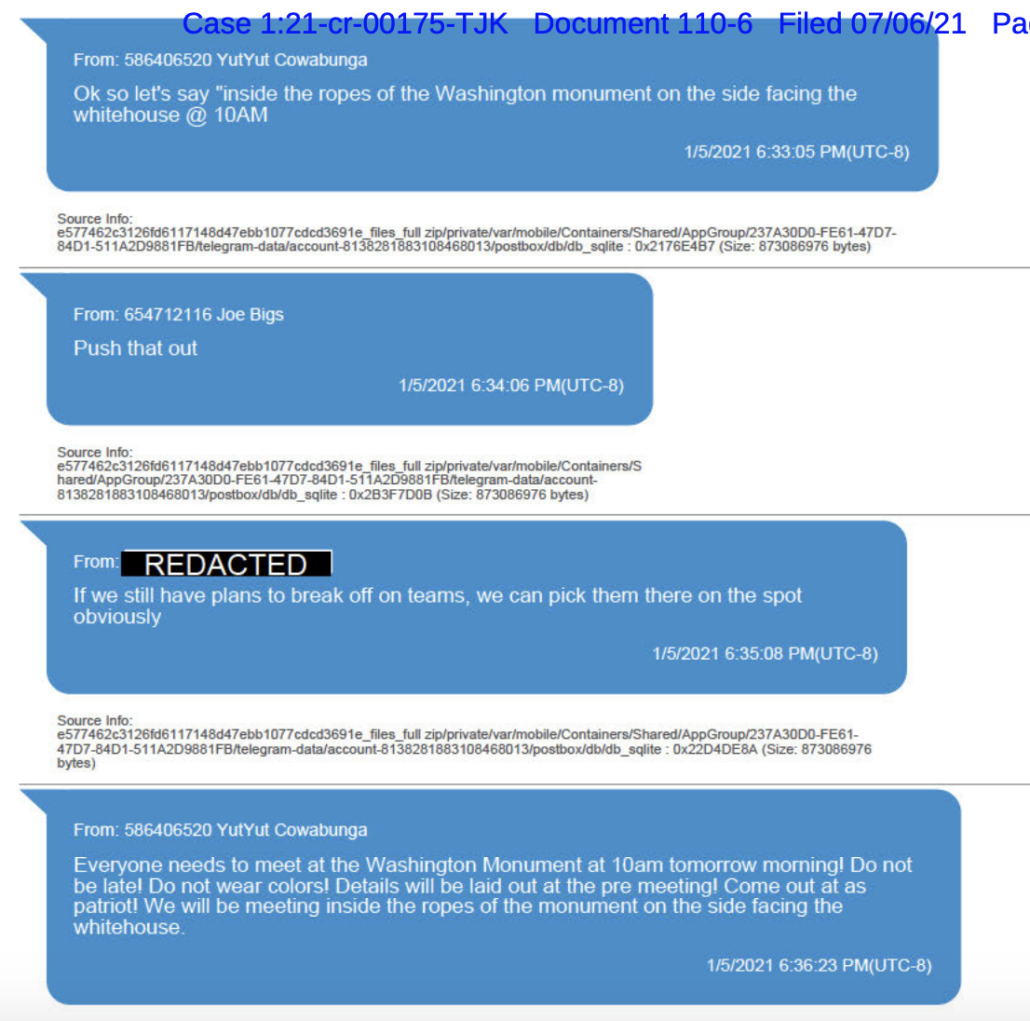
The next day, Greene, this schlub from Syracuse, followed these instructions.
On the morning of January 6, 2021, Greene, along with Pezzola, Pepe, and the others he had traveled with from Syracuse, met up at the Washington Monument with members of the Proud Boys from across the country, as instructed by Proud Boys leadership. As also instructed by leadership, neither Greene, Pezzola, Pepe, nor any of the other individuals in their group wore the Proud Boys’ traditional colors of black and yellow.
Greene, Pezzola, and the others they traveled with from Syracuse, then followed the Proud Boys leadership in departing from the Washington Monument and marching on the National Mall towards the U.S. Capitol.
In other words, precisely because someone so low level was obviously following instructions developed in private by the Proud Boys’ top leadership, it ties the Syracuse cell with the Leadership cell in the same conspiracy.
And one remarkable moment of Greene’s testimony demonstrates this particularly well. His statement of offense describes that,
After Pezzola had stolen a riot shield belonging to the U.S. Capitol Police, Greene followed him away from the scene of the robbery, through the crowd, away from the Capitol, and to the back of the West Plaza. During this journey, Pezzola met up and traveled with at least two other individuals, one of whom jointly carried the riot shield with Pezzola.
It appears that Greene did not know — perhaps still does not know — who the person carrying the shield with Pezzola was. It was Charles Donohoe, one of the four people currently charged in the Leader Conspiracy.
This moment is like the Chekhov’s Riot Shield of the entire January 6, the moment where the crucial weapon (in this case, that would inflict the damage to the Capitol window that puts all the co-conspirators on the hook for terrorism enhancements) shows up early in the story as if foretelling where the story will (and in this case, did) go. Greene is a witness to this moment. But by witnessing it this way, with no idea of Donohoe’s seniority, Greene again demonstrates how the actions of low level Proud Boys tie directly up with its top leadership.
And Greene’s experience in DC tied to the most senior Proud Boy, Tarrio. His statement of offense notes that as Greene was setting the Baofeng’s, Pezzola told Greene that Tarrio would stop by to have his own radio programmed as well.
Pezzola told Greene that the National Chairman of the Proud Boys would stop by to have his radio programmed, but the National Chairman did not in fact stop by, nor did Greene program his radio.
This seems to prove that Pezzola was in touch, personally, with Tarrio on that confusing day as the Proud Boys attempted to regroup after Tarrio’s arrest, but not in such close touch that Pezzola knew immediately that Tarrio had moved to Baltimore after his release and stay-away order. It might suggest that Tarrio was on the Baofeng’s that day, in addition to participating in the Telegram chat. If DOJ can prove that, then it makes it a lot easier to charge Tarrio personally.
Describing the lead-up to January 6
As Greene’s statement of offense describes it, he only joined the Proud Boys after the December 12, 2020 MAGA March.
As of January 6, 2021, Greene was a first-degree member of the Central New York chapter of the Proud Boys. He had officially joined the group following a rally that took place in Washington D.C. in December 2020.
A detention filing for Pezzola suggests this was his first Proud Boy event as well.
[D]efendant’s only other “action” as a Proud Boy was that on December 12, 2020, he attended a “Make America Great Again” (MAGA) rally in support of then President Trump. There is no alleged criminal activity by defendant in relation to that event. This occurred shortly after defendant’s introduction to the Proud Boys. Upon information and belief, his only other activity as a Proud Boy was discussing politics over drinks at bars on occasion.
As Greene’s detention memo made clear, Greene met Pezzola in the early days of joining the group, possibly in DC.
The FBI also recovered a photograph of a group of Proud Boys, apparently taken inside a bar, which metadata indicates was taken in December 2020, that includes both Greene and Pezzola.
Greene’s statement of offense describes that he decided to attend January 6 in response to Trump’s call on December 19.
On December 19, 2021, when Greene saw then-President Donald Trump’s tweet referencing a “wild” protest to take place on January 6, 2021, he decided that he would attend the event, and he booked a hotel in Washington, D.C. for January 5-7, 2021.
On December 20, Greene ordered some AR-15 magazines that may cause legal trouble in NY (and was one of the key reasons why Greene was held in pre-trial detention).
The FBI also located a camouflage tactical vest filled with eight detachable magazines for an AR-15 (Hr’g Ex. 2-4). Each of the eight magazines with loaded with 30 rounds of AR-15 ammunition. Although undersigned counsel does not practice law in the state of New York, I have been informed by a New York State Police officer, who is cross-designated to the FBI’s Joint Terrorism Task Force and participated in the search, that Greene’s possession of the AR-15 and the detachable magazines was illegal under New York state law
FBI’s review of the defendant’s Gmail account as contained on his personal phone that was seized in connection with the January 18 search warrant, revealed that the defendant placed the following orders, among others: (1) six AR-15 magazines, ordered on December 20
Over the following weeks, Greene planned with the other NY State Proud Boys (presumably including Pezzola and, given that this appears to have been state-wide, Pepe).
In advance of January 6, 2021, Greene coordinated with Pezzola and other members of the Proud Boys to make plans to come to Washington, D.C. for the events surrounding January 6. Greene used an encrypted messaging application and was part of planning channel among Proud Boy chapters from New York State whose members planned to come to Washington, D.C.
As this was happening, Pezzola appears to have deepened ties to the national organization. A government response to a Pezzola detention motion shows that Tarrio used an image of Pezzola — labeled “Lords of War” — to advertise for J6 and J20.
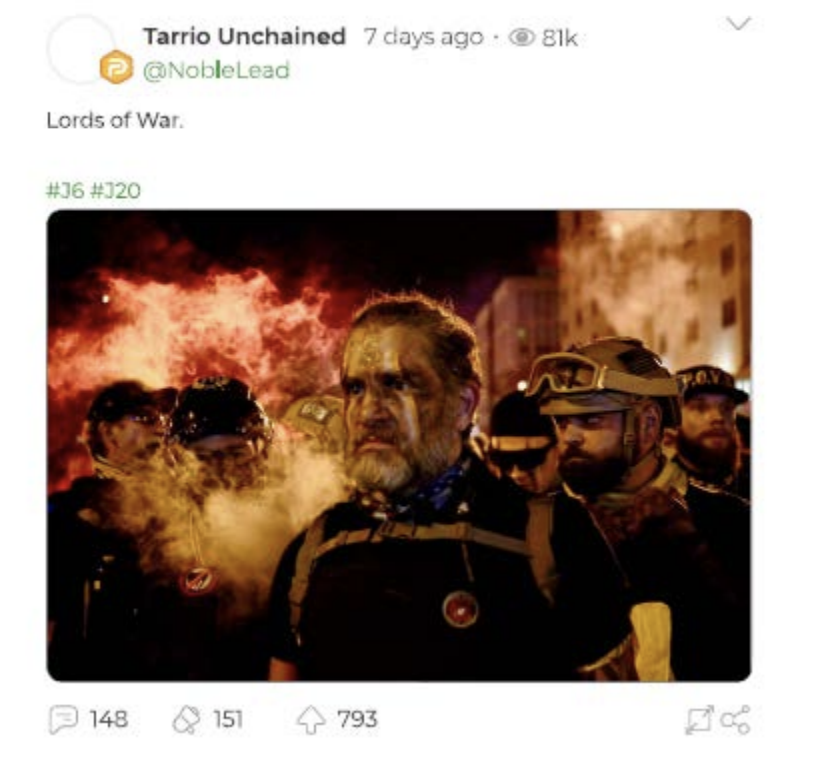
I have repeatedly noted that DOJ has remained coy about the role that the December MAGA March and the January 5 events had as crucial networking and planning events to prepare for January 6. But Greene was obviously part of that. Greene, in part because he shows how someone could join up and then play a role that intersected with top leaders of the group, encapsulates that process personally.
And, importantly, he shows how Trump and Tarrio were key motivators in that process.
As a cooperator, Matthew Greene won’t be able to tell prosecutors what top Proud Boys were planning. Nor will he be able to reveal how top Proud Boys networked with Trump’s associates and coordinated a plan for January 6. But he does offer proof that low level Proud Boys were in a conspiracy with the group’s top leadership. And his testimony will make it more likely that others will also cooperate.
On January 17, Greene called for the Proud Boys to stand together. His cooperation with prosecutors will make it more likely that others will “end up in the gulag,” together.

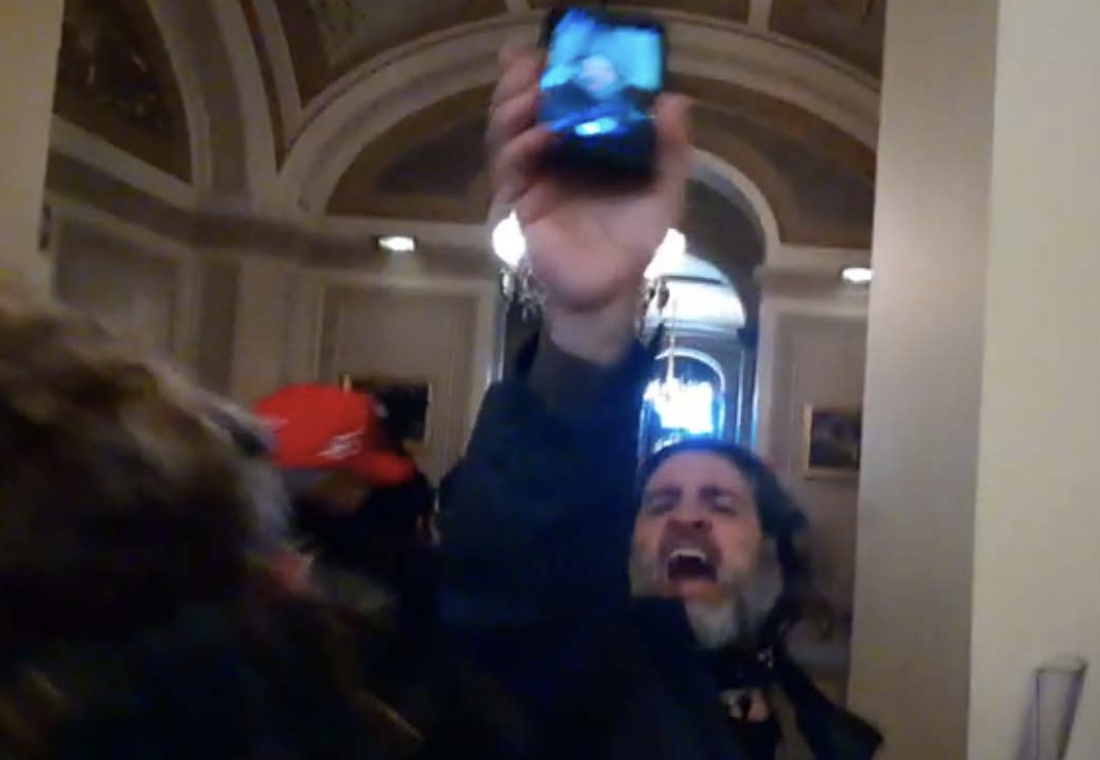 Pezzola
Pezzola